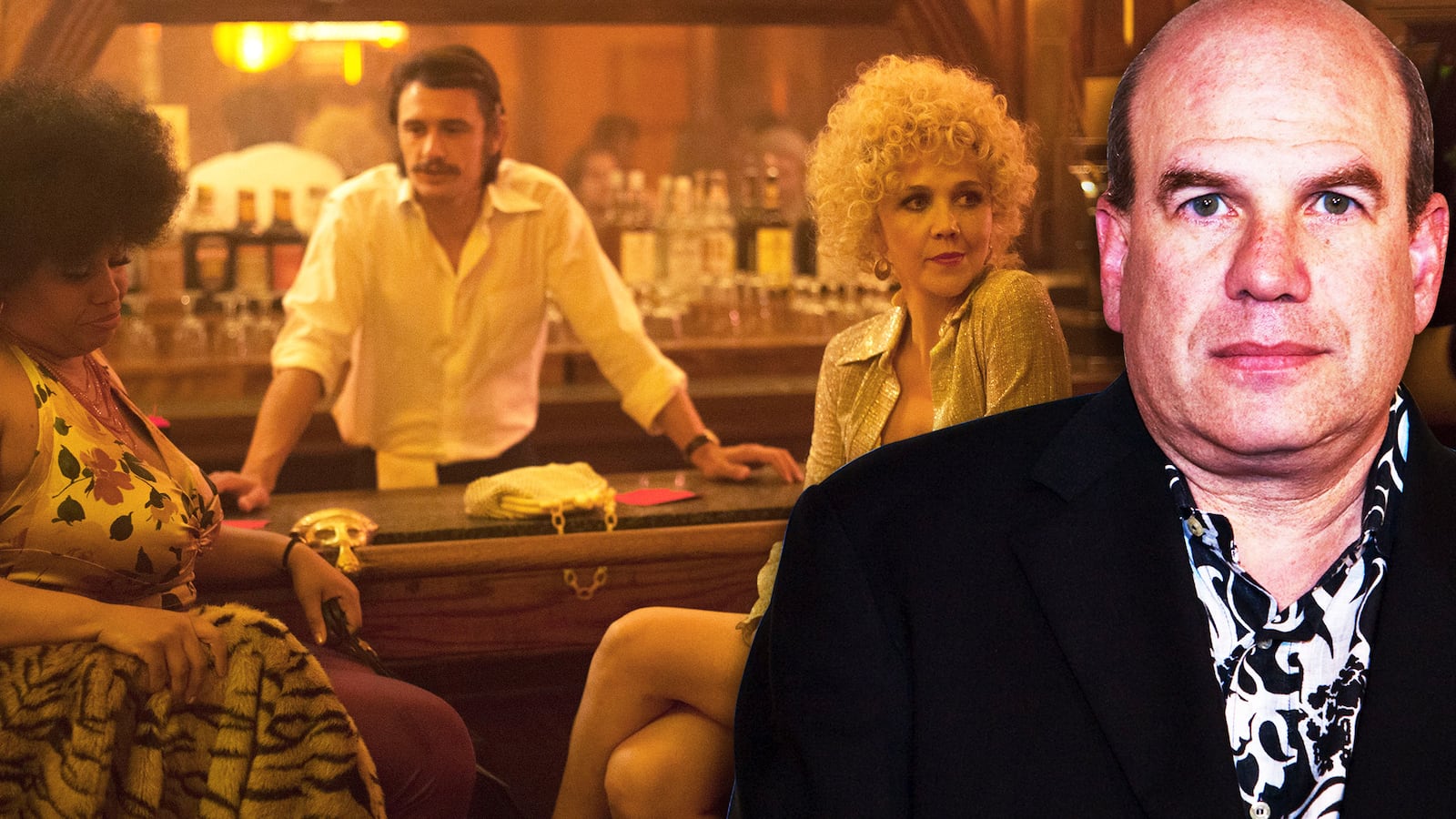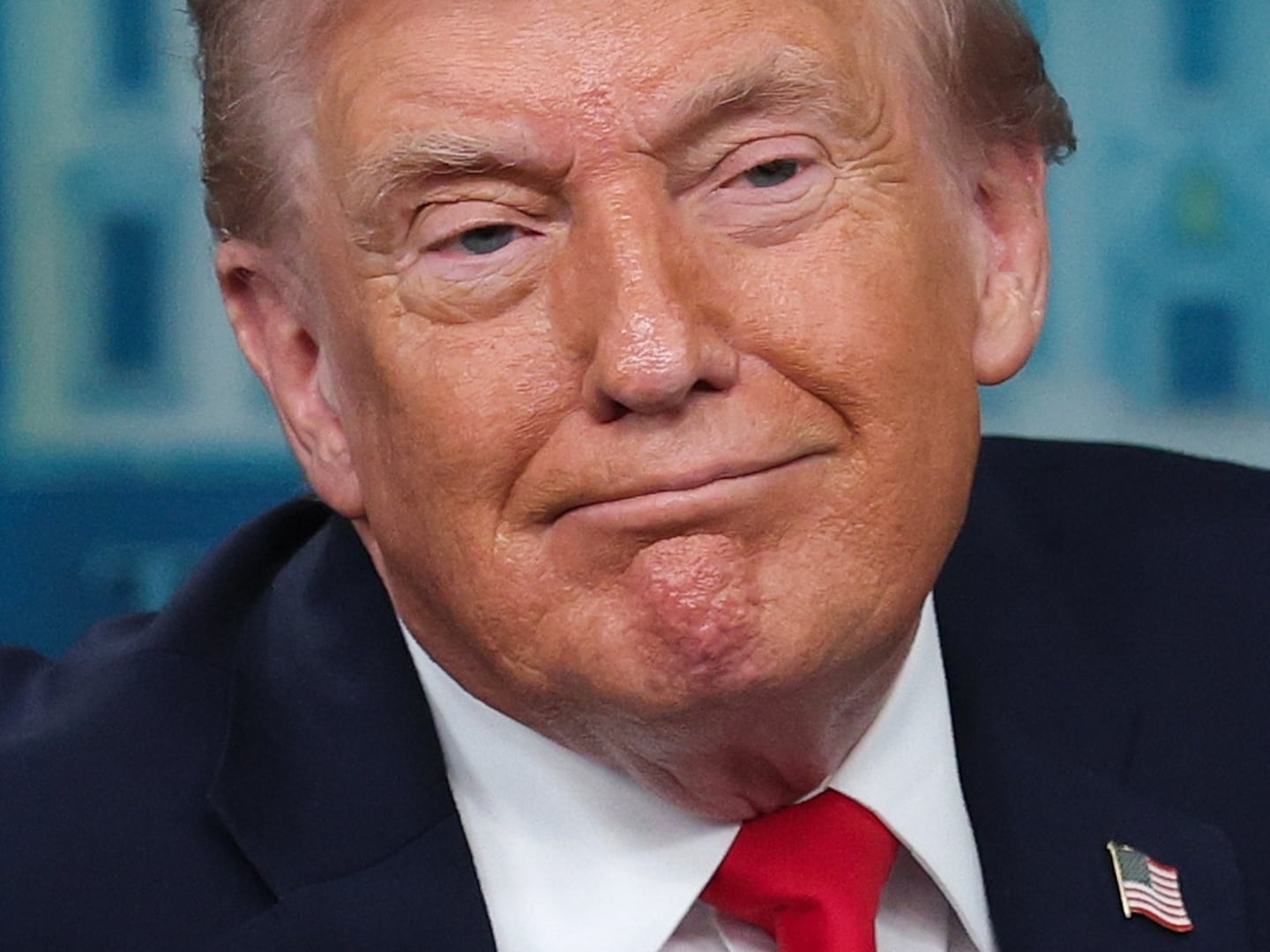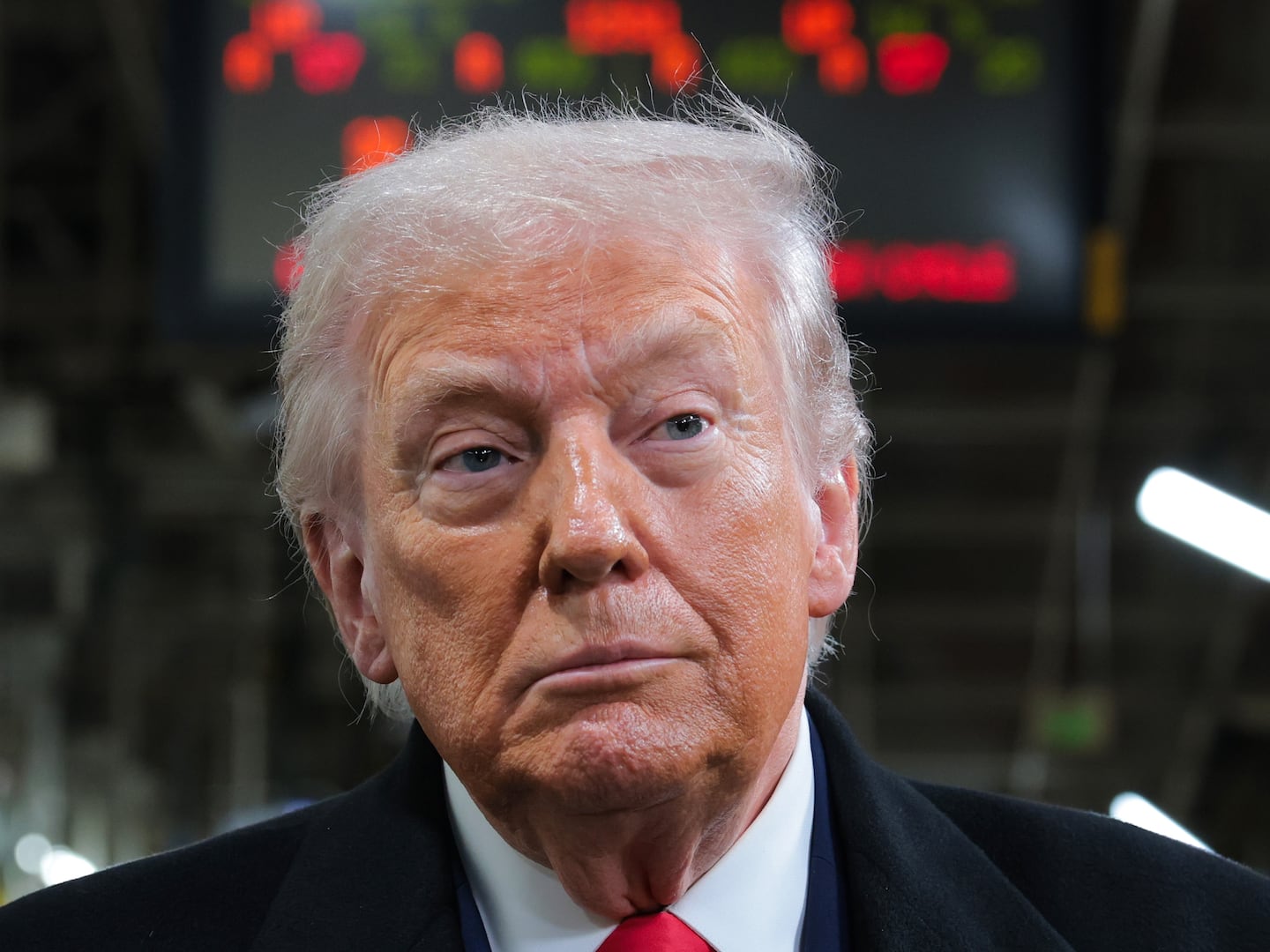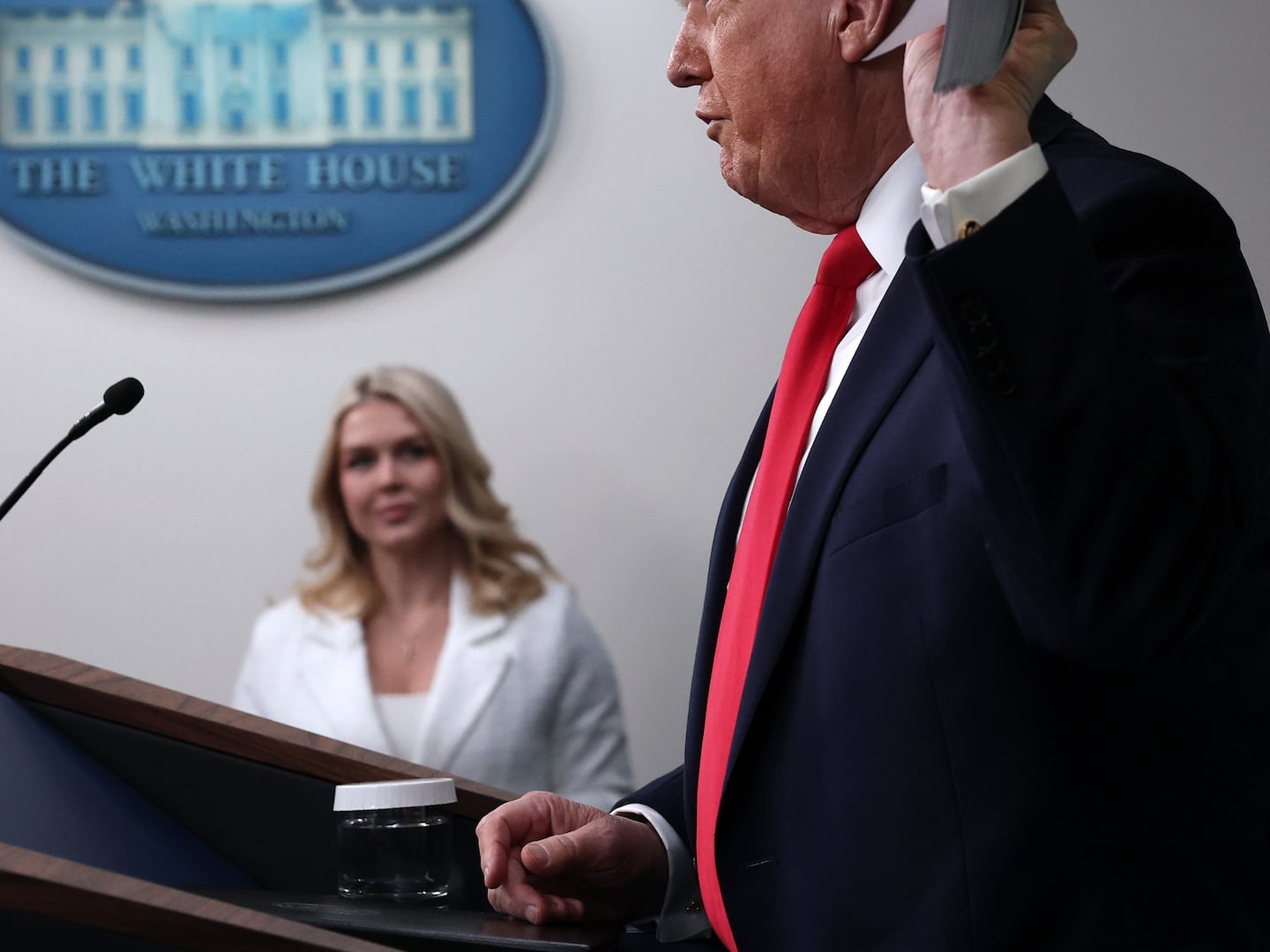“What’s inherently wrong with seeing a penis?”
Sometimes with an interview subject, you’re immediately on the same page about everything. That was certainly the case when we sat down with David Simon and his creative partner George Pelecanos—the man who, with that one question, captured my entire id—to discuss their new HBO drama series The Deuce.
With their previous collaborations for the network, The Wire and Treme, the duo, it’s no hyperbole to say, have changed television: raising the bar for narrative ambition, exposing real-world corruption without sensationalism, insisting that marginalized voices become fleshed-out characters, and, as they do once again with The Deuce, creating a series in which the central character isn’t necessarily a person, but a city.
The Deuce kicks off in 1971 New York City, specifically the XXX Disneyland cross section of Times Square in which peep shows thrived, prostitutes made money, vagrants boozed at dive bars, and the porn industry, as it were, was born. Premiering Sunday night, the series has been called sleazy, gritty, seedy, and porny, unsurprising branding considering its focus on the sex industry and sex workers.
It’s also, however, something remarkable in that vein: a period piece that is hardly nostalgic about the era it covers. It’s also a frank meditation—and depiction—of sex in our society that forgoes any talk of “the gaze” or titillation, and instead serves it up matter-of-fact, egalitarian, and as bluntly as these characters do.
It’s sex as a business. It’s sex as something normally human. It’s just sex. And what’s inherently wrong with that?
Simon and Pelecanos barely blush throughout our conversation in Los Angeles, as we touch on early memories of porn, the politics of shooting sex scenes, and the refreshing amount of dick in their new series.
Meticulously researched from real-life players of the time, The Deuce is a historical-fiction origin story about how we became a nation obsessed with porn.
James Franco stars as twins: Vinnie Martino, the owner of a bar where cops, hookers, drag queens, and run-of-the-mill drunks mingle in some whiskey-soaked dingy utopia, and his brother, Frankie, a gambler forever behind on his debt to the mob.
There’s a sprawling ensemble of pimps (Method Man plays one named Rodney) and cops (including Simon-oeuvre journeyman Lawrence Gilliard Jr.), but it’s Maggie Gyllenhaal as a white fur, curly blonde wig-wearing prostitute named Candy who immediately seizes your attention—especially when she starts to realize the opportunity to translate her experience as a sex worker to the adult film industry.
While the vibe and the values are all authentically ’70s, the fact remains that we’re watching The Deuce through the lens of our own modern ideas on sex, nudity, and sex work. In fact, Simon tells us, that’s the point.
“I’m hoping people are watching with the consciousness that this is the origin of a multibillion-dollar industry that has transformed the economic landscape, not merely within the context of pornography, but also, we don’t sell a bottle of beer or a Lincoln Continental without using some of the tropes that pornography has delivered to us in the last 40 years,” he says.
More than that, it’s entered households in ways nobody ever anticipated.
“In 1971 when this story takes place, I’m crawling around on all fours, I’m 12 years old, I’m trying to find my dad’s Playboy,” he says. “That’s the Holy Grail. A kid growing up today in America, in the culture of the internet, it’s astonishing what they can access, and how it’s transformed the way women and men behave towards each other. It’s happened so rapidly I’m not sure we’ve gotten our heads around it.”
That resonance, though, wasn’t immediately clear to Simon and Pelecanos. In fact, when the assistant locations manager on the pilot of Treme came to them and encouraged them to meet with the real-life bar owner who inspired one of Franco’s characters because he felt there was a show there, they were initially resistant. “It sounded gratuitous,” Simon tells us.
But after the locations manager insisted, they met up with the bar owner during a trip to New York and, after a three-hour conversation, found themselves walking around the city in post-mortem flabbergast. “We were like, my god, we’re going to do this,” Simon says. “The stories that just tumbled out of this guy…”
They had no idea they’d end up developing a new, expensive, prestige ’70s-set drama in a graveyard of high-profile, once-promising projects set in the same period that bombed catastrophically—Martin Scorsese’s Vinyl and Baz Luhrmann’s The Get Down—but their excitement over the project gave them tunnel vision despite the trend.
“This is a moment when an industry came into existence, and then there’s the pioneers of this industry,” Simon says. “So there’s a political allegory about capitalism and labor that immediately appealed to us.”
The other major attraction was the stage craft that came with a making a TV show set at a time when of their favorite films came out: the Lumet films, the Scorsese films, that muscular, grungy ’70s New York vibe. “From the beginning, we said this should look like a film that was made in ’71 and got put in a vault somewhere and then just got found,” Pelecanos says. To accomplish just that, they enlisted director Michelle MacLaren, best known for her Emmy-winning work on Breaking Bad.
To say she succeeded is an understatement. During a press conference for TV reporters in Los Angeles, it was suggested that the dingy ’70s aesthetic was so convincing that it looked like someone could contract an infection on set. MacLaren responded: “I love that you’re saying because we all hoped you could smell the show.”
Later, during the same press conference, Franco joked, “It’s really about pre-Giuliani and post-Giuliani. One of the things as a director, I never thought that I would be so worried about trees. I guess David, being such a stickler for historical accuracy, didn’t want any trees on the sidewalks in the shots, and Giuliani, I guess, planted all these trees.”
He started laughing remembering the amount of times a location was scrapped because of trees, of all things.
Authenticity of place, of course, is just one tenet of a Simon and Pelecanos work. Chief among the others is their ability to humanize the marginalized and bring to the forefront the kinds of people in a city who are normally relegated to set dressing.
In The Wire, that was drug dealers and cops. In The Deuce’s world of sex workers and pimps, it’s characters who, as Simon says, can often “either be played for laughs or with a sneer” in pop culture.
There’s a trick, especially in this space, to developing a world in which these characters are realistic and well-rounded, while at the same time not fetishizing them or glamorizing the sex industry.
That was certainly a concern of Gyllenhaal’s before she signed on to play Candy. She was eager, of course, to work with Simon and Pelecanos, and had already talked to MacLaren about doing a project together. But she needed reassurance. She requested—and was granted—a producer credit.
“I had never been involved in something where I hadn’t read the complete script, let alone a prostitute, which I think is a delicate thing to take on,” she tells us, sitting in a hotel suite in Los Angeles. “I felt like it was fair to ask for a guarantee that I would be a part of the conversation about what story we were telling and who Candy was, particularly because I knew I’d have my clothes off all the time and I wanted to use my body but also my mind.”
Of course, what happens when these characters have their clothes off is going to be a natural fixation when The Deuce premieres. This is a TV drama on HBO about porn. People expect—and maybe even crave—at least some salaciousness, explicitness, and graphicness when it comes to sex and the nudity.
“It’s something we debated and talked about the whole time we were working on this,” Pelecanos says.
There’s a balance to strike, Simon adds. It would be infuriating to pan the camera away any time the sex that is so central to the plot and the fiber of these characters’ lives takes place. “There’s something dishonest about that because I think you need to be blunt. On the other hand, I think if the camera lingers too long and if we’re being salacious, if we’re being prurient, then we’ve fallen off the fence in the other direction.”
The result is that there is a lot of sex in The Deuce. Some of the sex scenes might seem familiar to other steamy romps you’ve seen on cable TV. Others are frank. Some are transactional. Some are intimate. Others are mechanical. And, as it were, a few even show penises.
“I was just with a group of reporters and two women reporters said, ‘There’s a lot of male nudity.’ They were like, ‘It felt about even,’” Simon remembers. “I said, ‘Well, thank you.’”
No, David Simon. Thank you.






